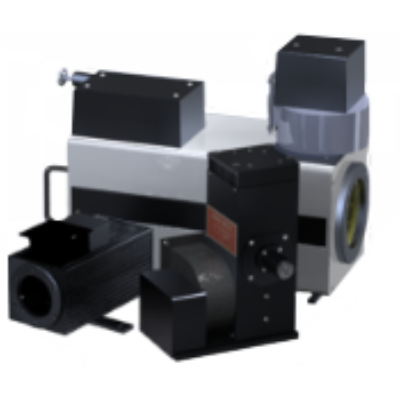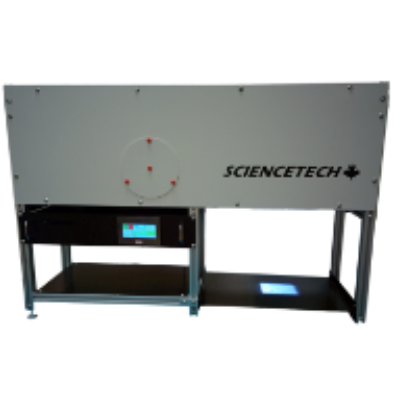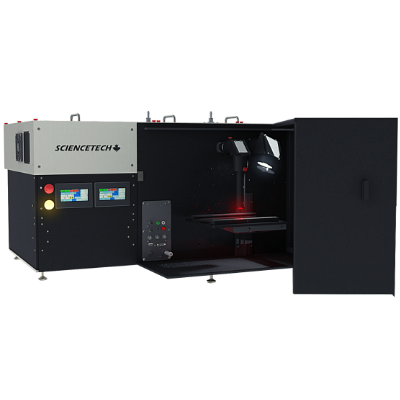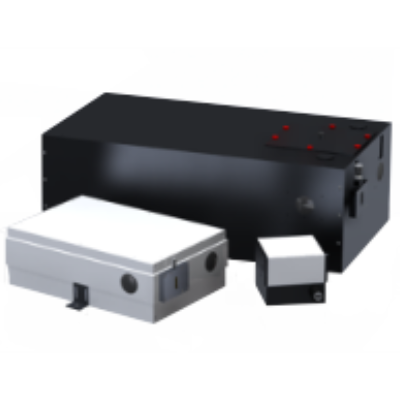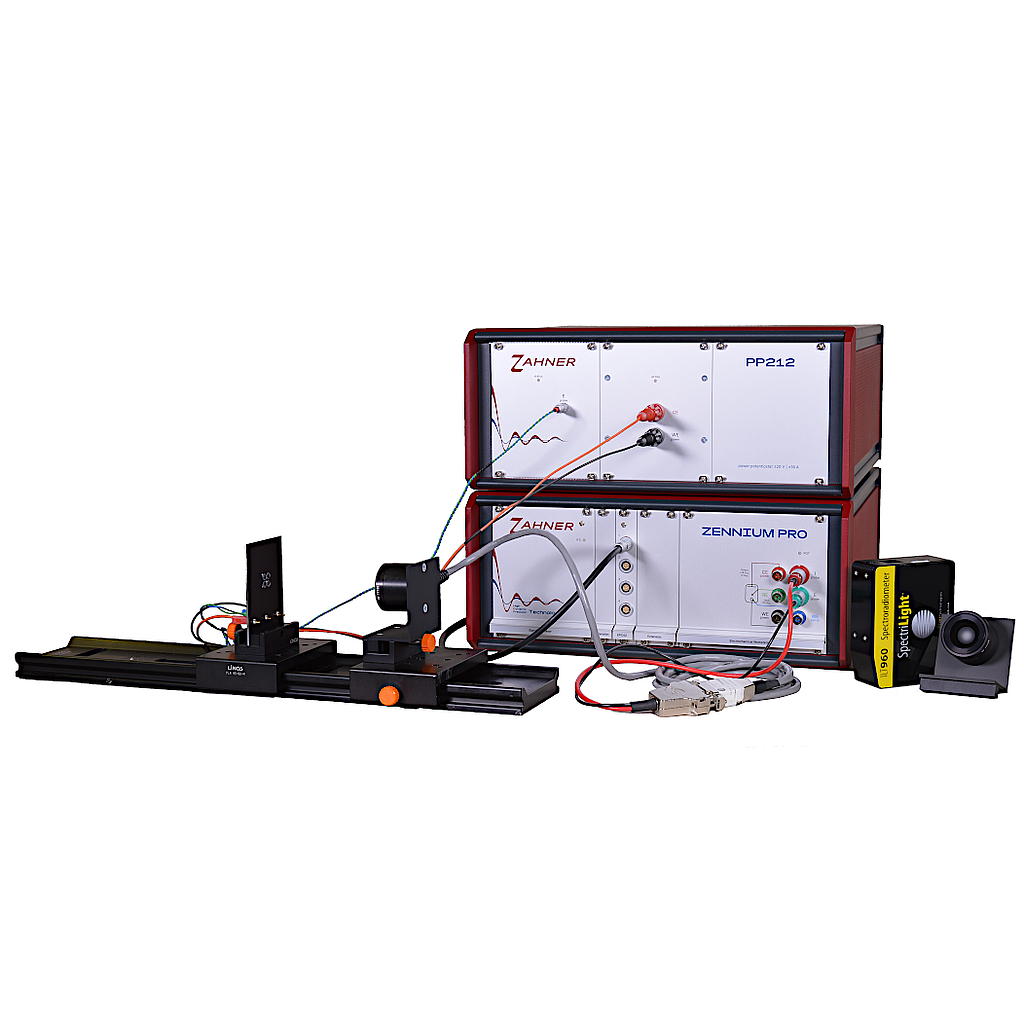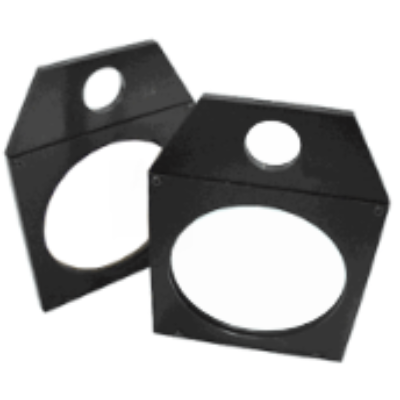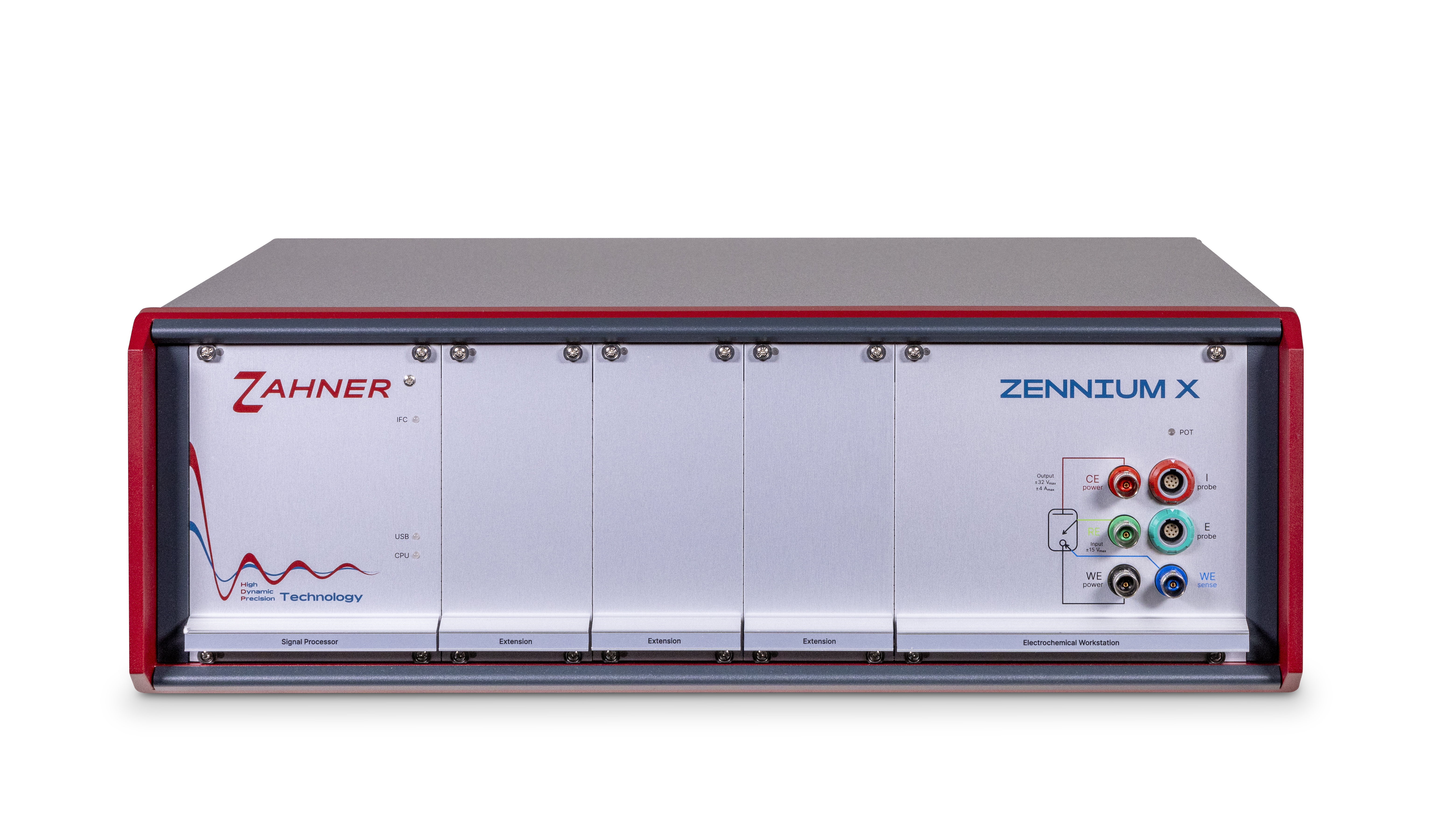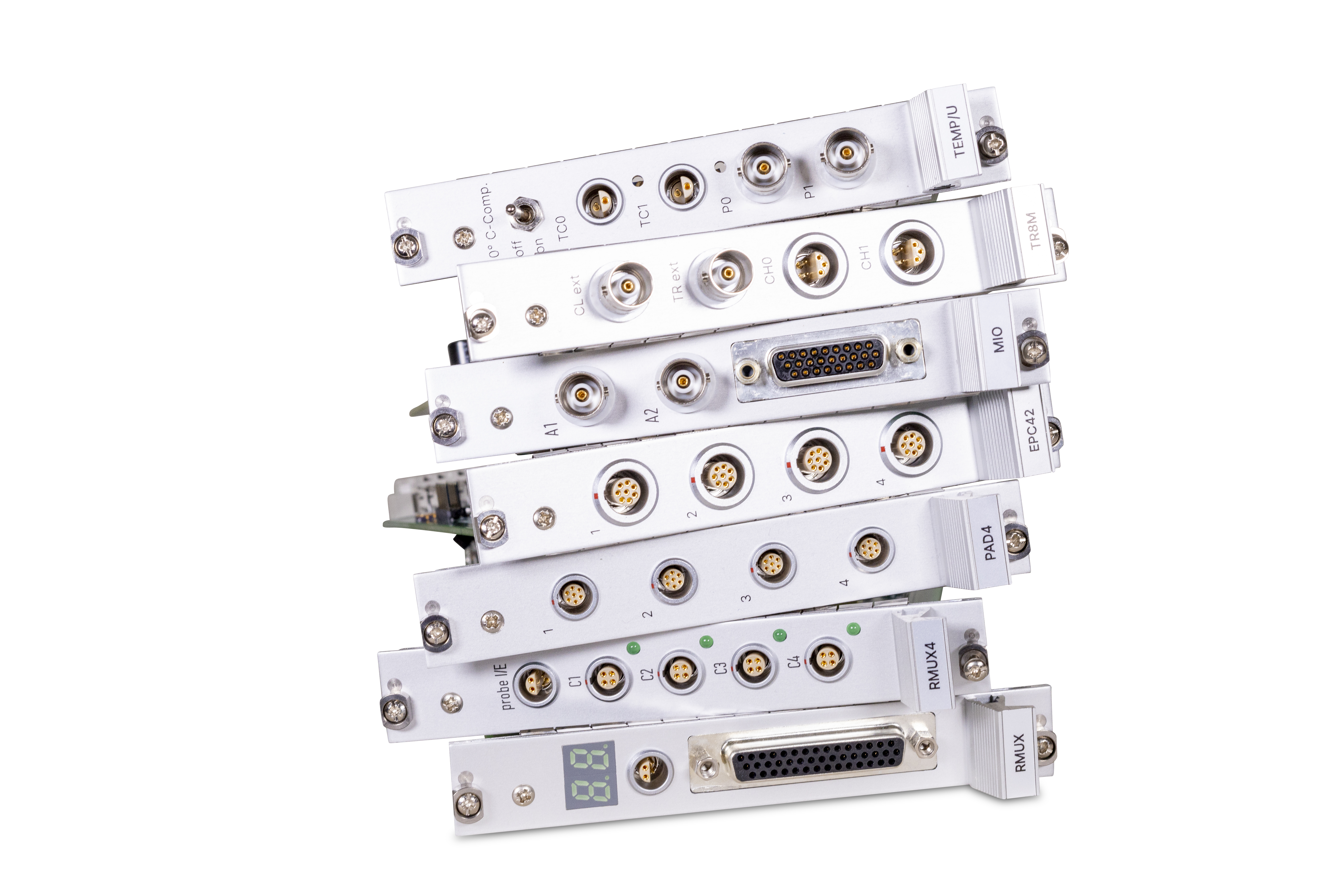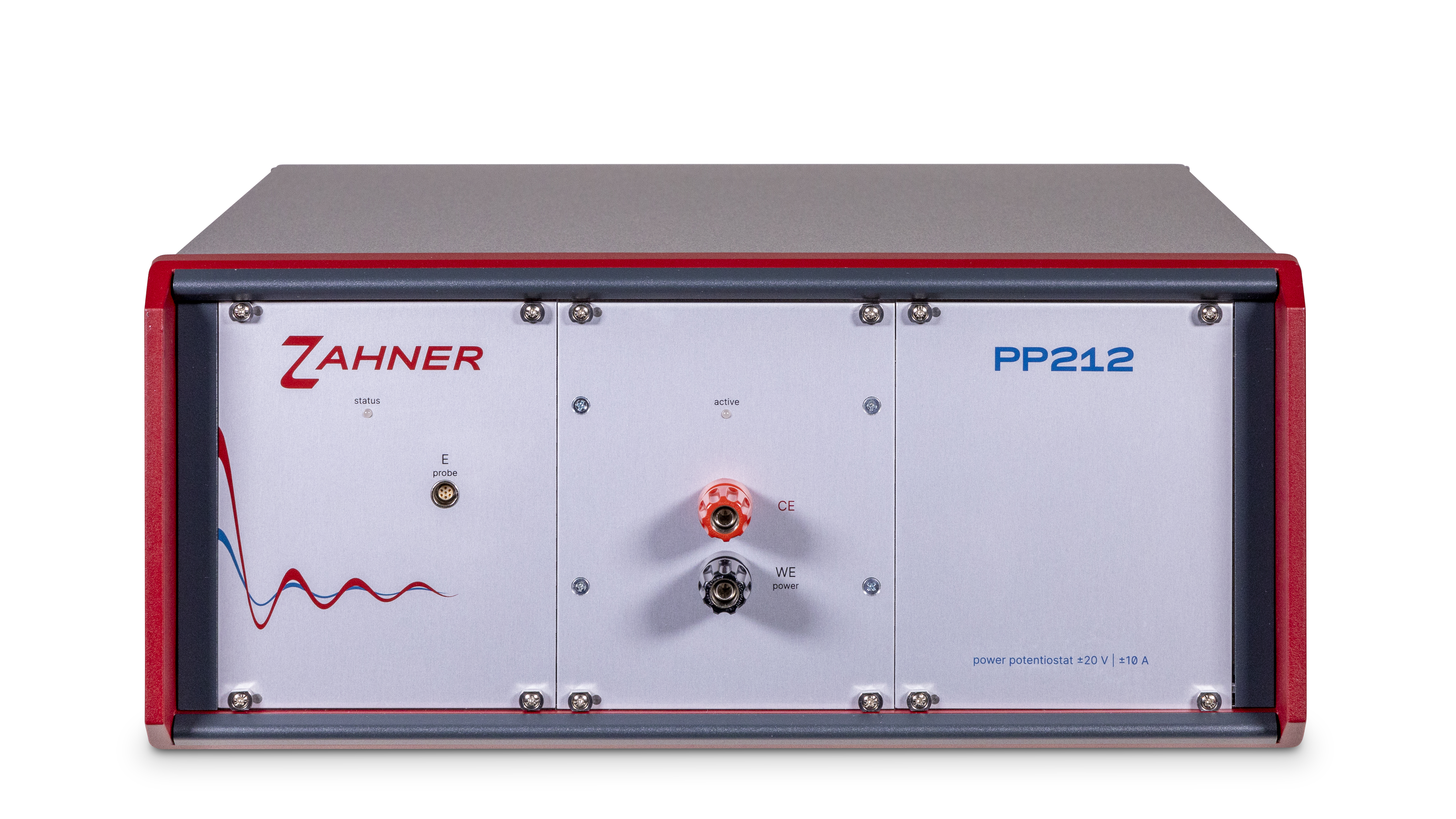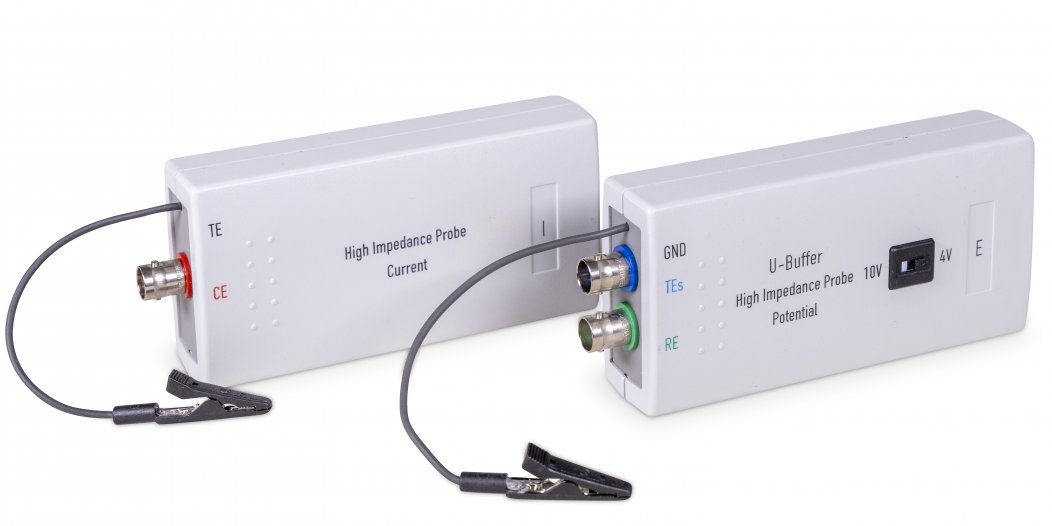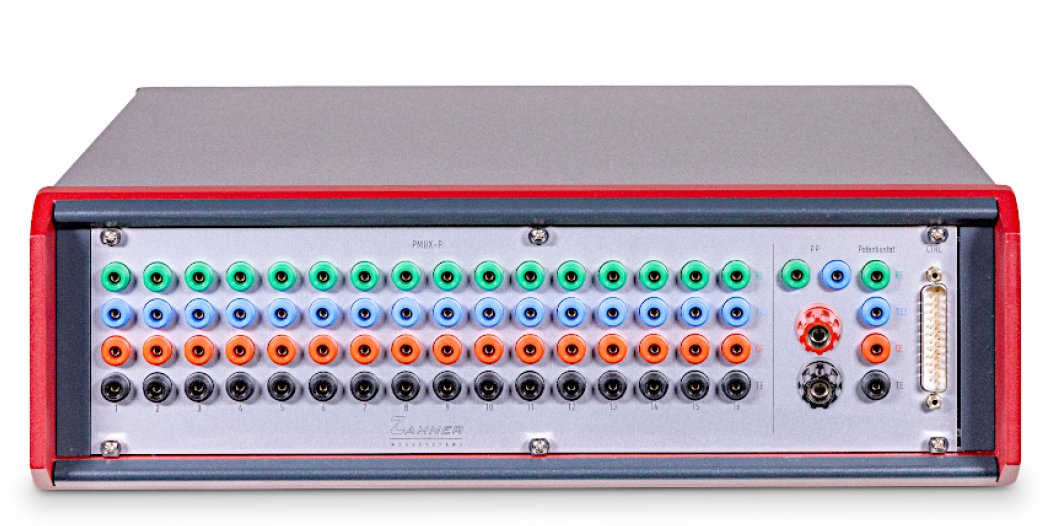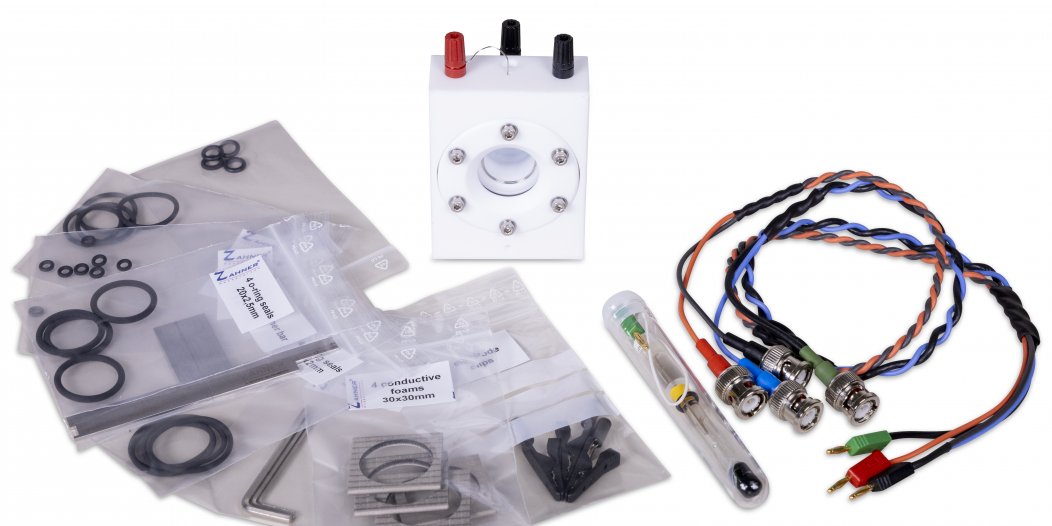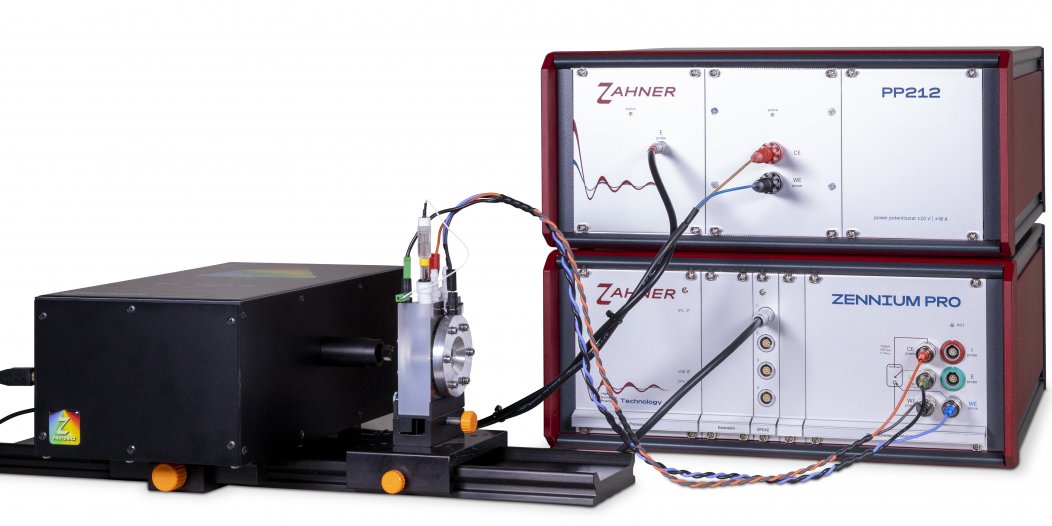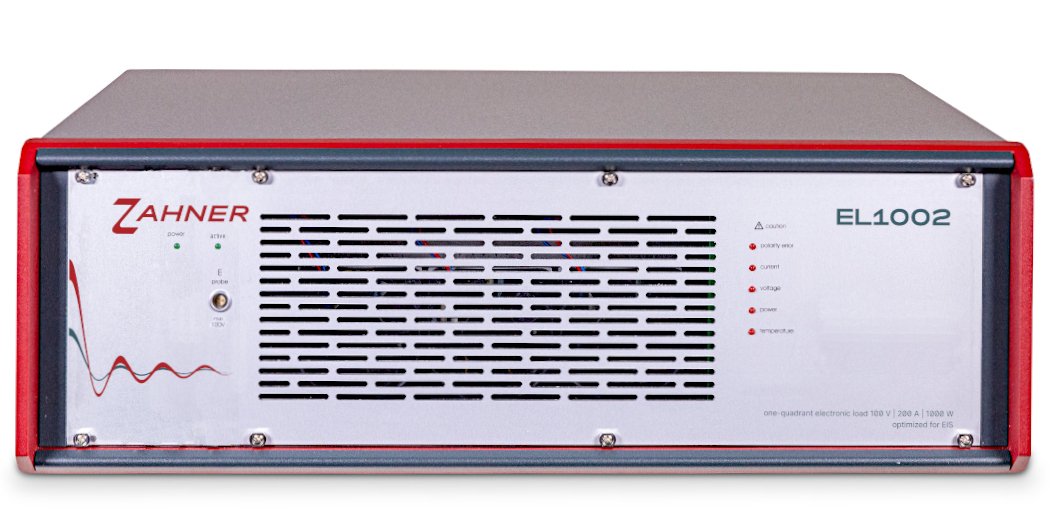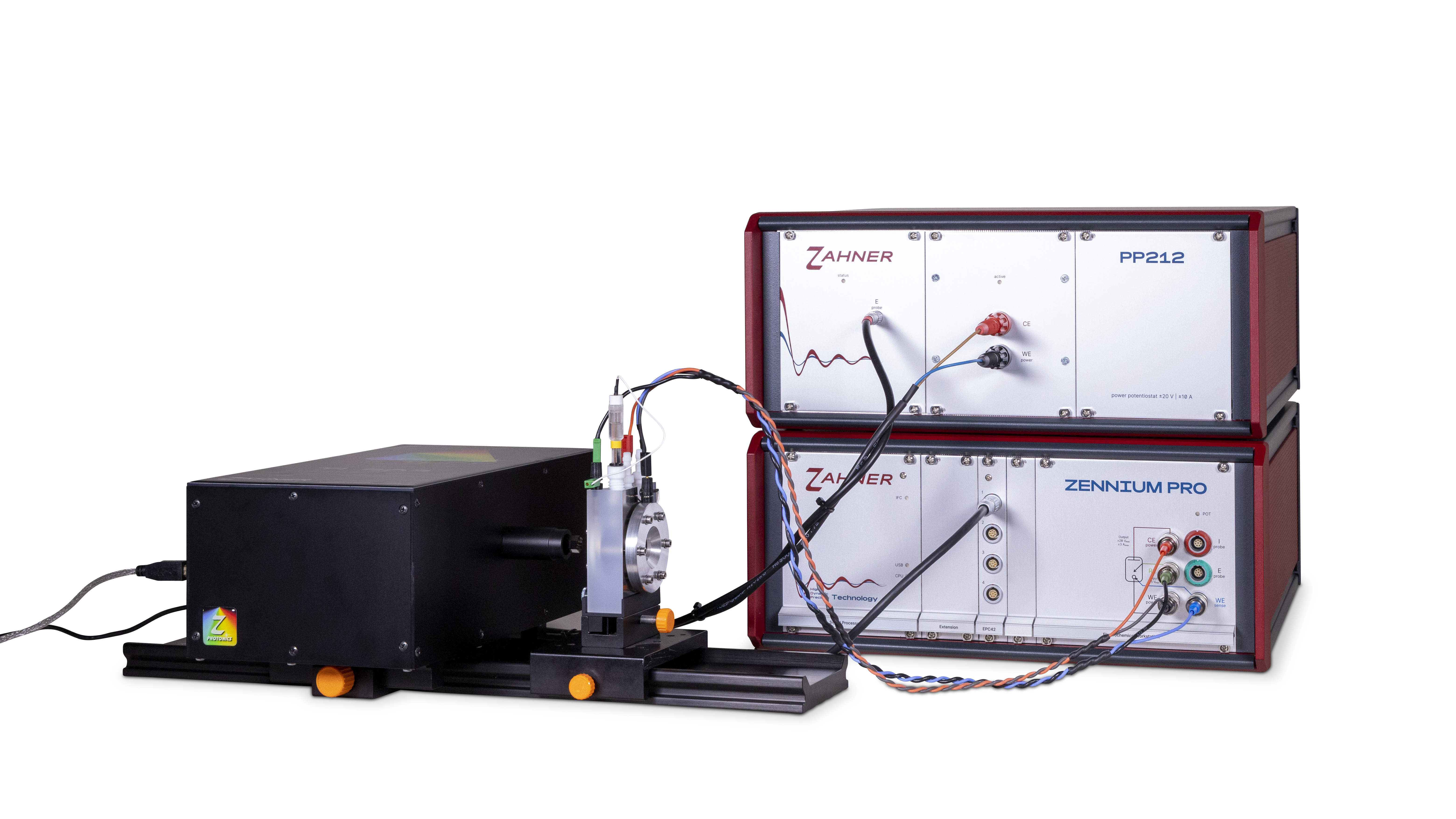Zahner Electrochemical Instruments
High Quality Expert Instruments
A Potentiostat is used in with a three electrode cell to perform a myriad of electrochemical experiments, ranging from measuring half-cell potentials, impedance spectroscopy, redox chemistry, and chemical phenomena. These experiments are relevant for corrosion studies, battery chemistry development, materials characterization and more.
Sciencetech is pleased to represent Zahner in Canada. With 40 years of experience in the field, Zahner’s high-quality electrochemical instruments are backed by years of expertise. Zahner’s systems are an excellent choice for many applications such as corrosion testing, photoelectrochemistry, fuel cell testing, and Li-ion battery testing .
Zahner potentiostats are designed to provide the highest level of performance in electrochemical experiments and have been proven to be precise and versatile devices for any kind of electrochemical application. Zahner potentiostats can be equipped with multiple plug and play add-on cards, which introduce additional analog and digital input/output signals. This modular function makes Zahner's potentiostats very flexible and allows the possibility to customize the potentiostat to suit the needs of its users.
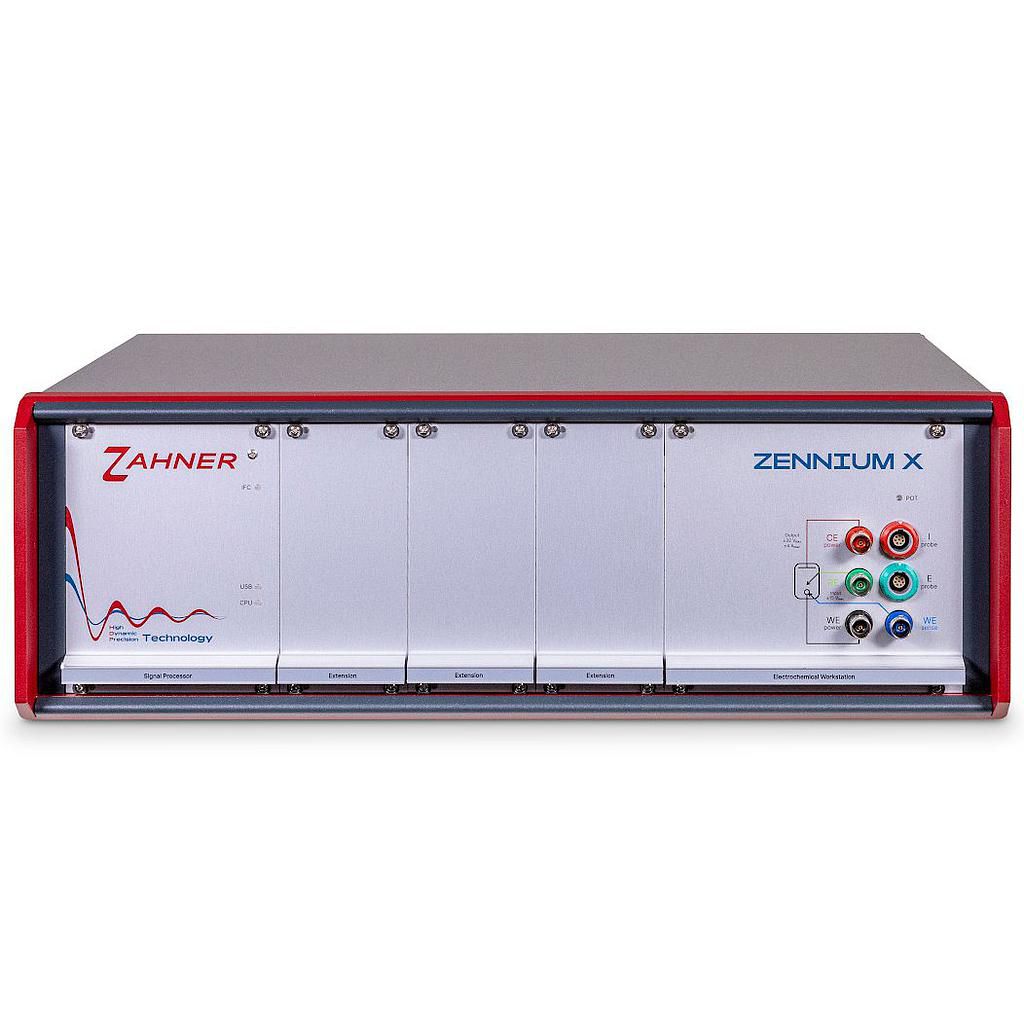
Zennium
Electrochemical Workstation
The core of the Zahner instrumentation is an electrochemical workstation. With the Zennium, Zennium E, Zennium-pro, and Zennium-X, there is a workstation available to support the most advanced techniques, as well as a cost-effective option for more straightforward applications. Supported by the Thales software, many different techniques can be accessed from the same software interface, making the Zahner line convenient and easy to use.
With modular components to add on, accessories for your specific technique can be simply and easily added to your workstation, customizing your setup for your specific requirements.
CIMPS Instruments
Photoelectrochemistry
For photoelectrochemistry, the CIMPS instruments are a powerful choice. With a light source included and kept stable by a control loop, considerations such as non-linearity, ageing, and temperature drift no longer need be considered. The package includes the light source (driven by an included slave potentiostat), optical bench, photoelectrochemical cell, and all required software. For QE and IPCE measurements, consider the CIMPS-QE/IPCE package, including all necessary components to collect QE and IPCE measurements from your sample.
The Zahner CIMPS measurement system has been designed with focus on the special demands of dynamic photo-electric investigations like IMPS and IMVS, popular today for instance in alternative solar cell research. Besides all traditional electrochemical investigations supported by THALES - like impedance measurements, cyclic voltammetry, current-potential curves, etc. - now mixed photo electric transfer functions, known as Intensity Modulated Photo Spectra(IMPS/IMVS), can be measured.
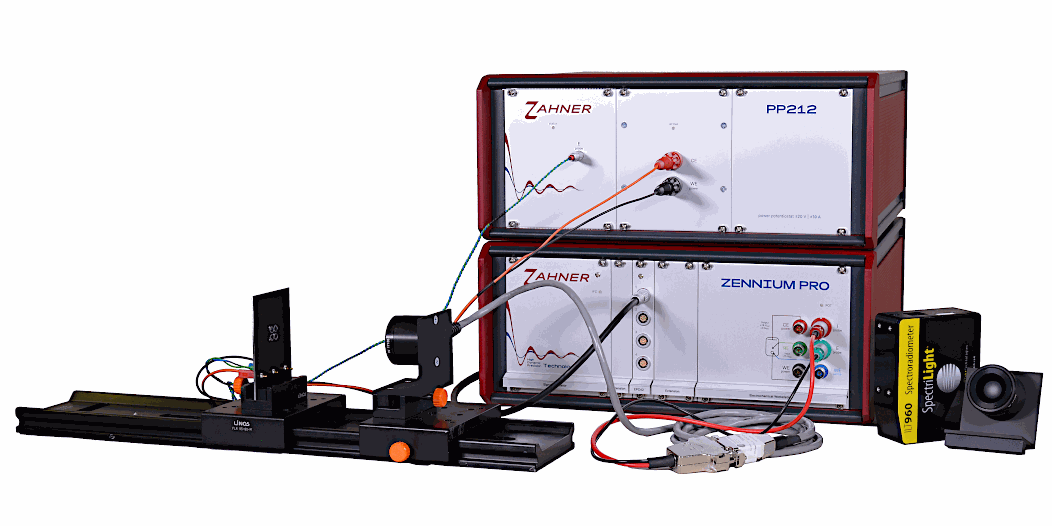
Electrochemical Workstation Models
Product Comparison
With the following electrochemical workstations available as a base, you can perform many measurements with the workstation alone or choose add-ons to customize your capabilities for your specific requirements:
| Specification | Zennium X | Zennium Pro | Zennium XC |
| Frequency Limit | 12 MHz | 8 MHz | 5 MHz |
| Current Range | ± 4.0A | ± 3.0A | ± 2.0A |
| Voltage Range | ± 32V |
± 28V |
± 14V |
| Extension Slots | 10 | 5 | N/A |

